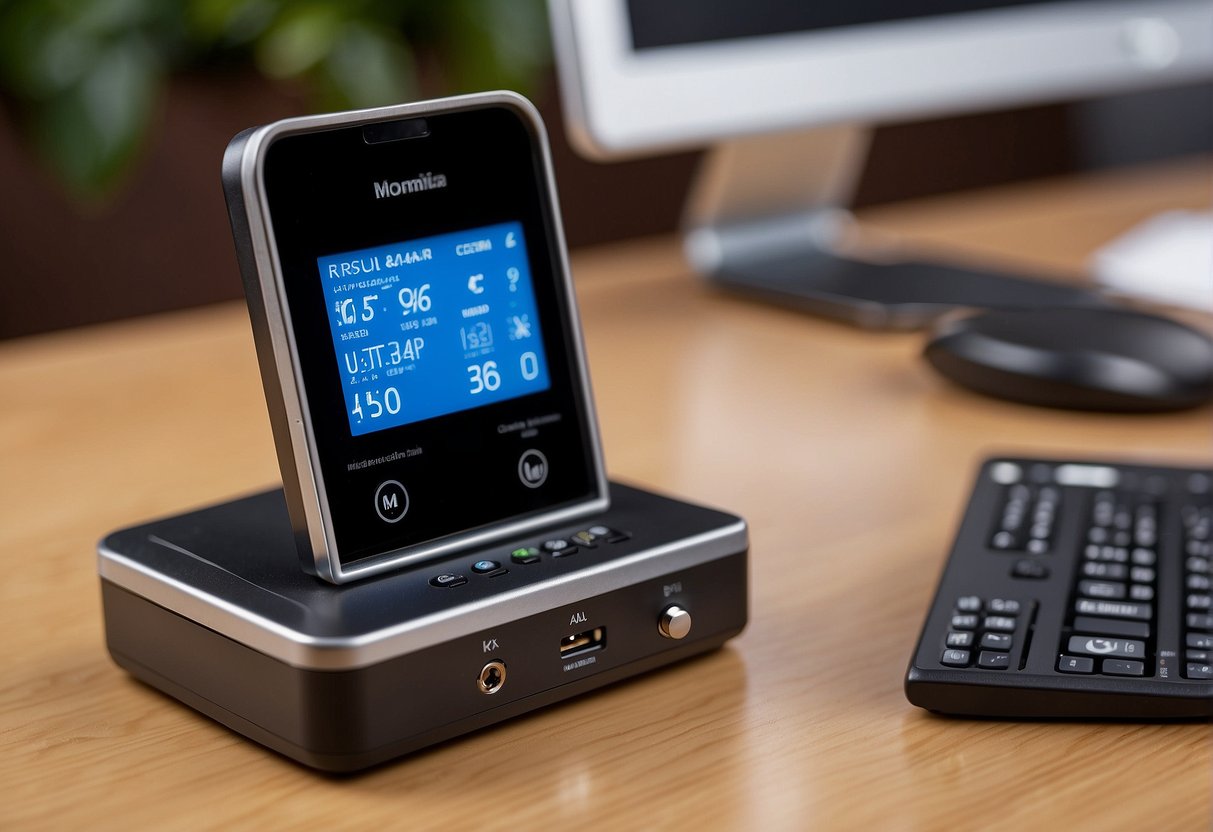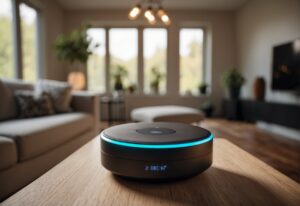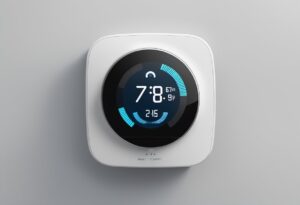Monitoring temperature remotely has become a critical aspect for numerous industries and even for personal use. Historically, this has been achieved through Wi-Fi-enabled devices, but what happens in environments where Wi-Fi is unavailable or unreliable?
In those situations, it’s essential to explore alternative methods that allow for temperature monitoring without relying on Wi-Fi connectivity.
The technology to accomplish this exists and revolves around the use of various types of remote temperature sensors and systems that can communicate through methods other than Wi-Fi.
These can include cellular networks, LoRa technology (Long Range low power wireless protocol), and wired solutions that utilize traditional phone lines.
By harnessing these technologies, users can ensure continuous and real-time monitoring of temperature-critical environments without being tethered to the presence of a Wi-Fi network.
Key Takeaways
- Remote temperature monitoring is possible without the need for Wi-Fi.
- Diverse technologies ensure real-time temperature data transmission.
- Such monitoring systems are beneficial for various applications.
Understanding Remote Temperature Monitoring Systems
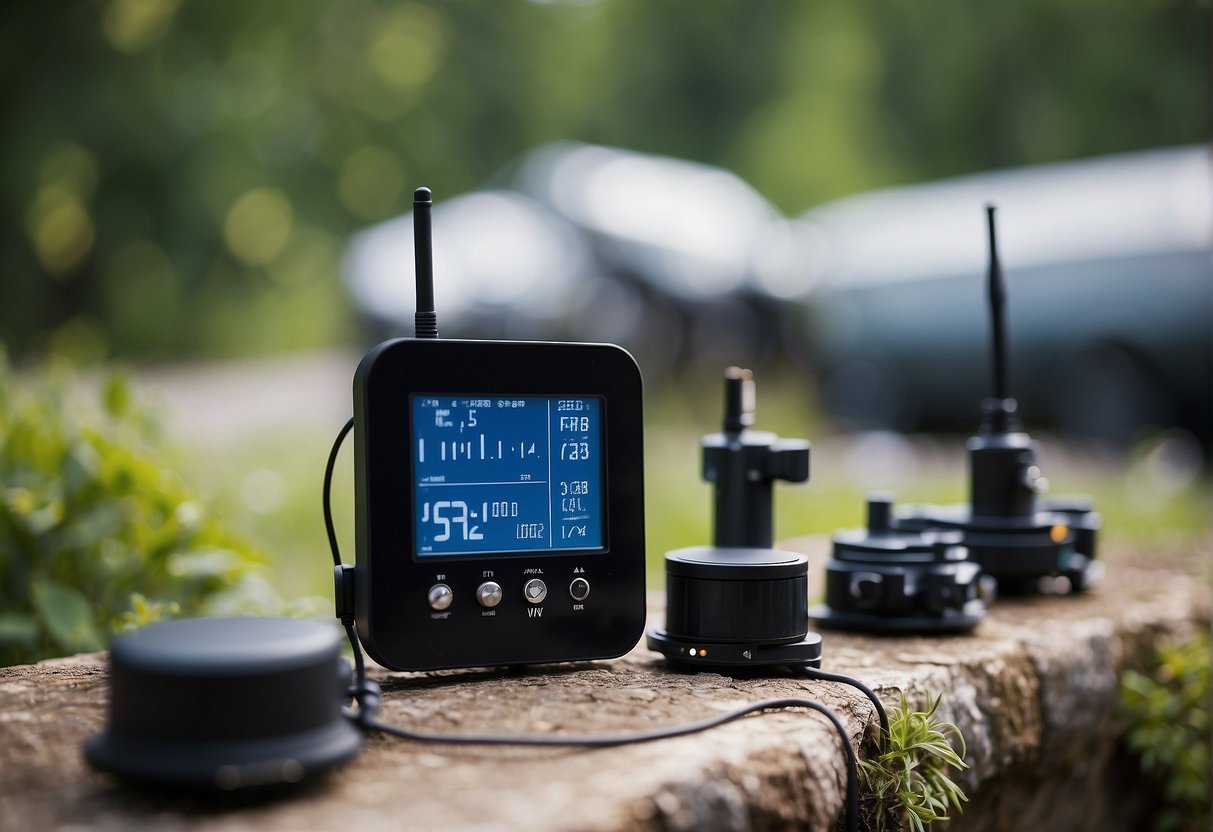
In the realm of remote monitoring, temperature control plays a crucial role in various industries and applications. This section will detail the different devices available and how to select the ideal sensors for specific monitoring needs.
Types of Remote Monitoring Devices
Remote temperature monitoring leverages technology to measure temperature parameters from a distance without human intervention.
These systems often include wireless sensors that transmit data via alternative communication methods when Wi-Fi is unavailable.
One prominent technology is Bluetooth, which can send data to nearby devices such as smartphones or local computer systems.
In situations where Bluetooth’s shorter range is insufficient, systems utilizing cellular networks come into play.
They capitalize on GSM/GPRS signals to send data to cloud-based platforms or direct to users via SMS or calls.
Moreover, the Internet of Things (IoT) has given rise to smart thermostats and sensors that connect through various internet connection types.
This includes LoRa technology (Long Range), which is particularly praised for its long-range capabilities and low power consumption.
These IoT devices can be part of intricate systems, where sensors communicate with a central node that then uploads the temperature data to a cloud-based service accessible from anywhere with internet access.
Choosing the Right Temperature Sensors
When deciding on the suitable temperature sensors, it’s essential to consider the specific requirements of the environment being monitored.
Sensors come in various forms, such as thermocouples, infrared sensors, and thermistors, each with unique attributes suited to different conditions.
- Thermocouples: Best for high temperatures and rugged environments.
- Infrared Sensors: Ideal for non-contact temperature measurement.
- Thermistors: Optimal for accurate readings in moderate temperature ranges.
The choice of sensor will also depend on factors such as desired accuracy, measurement range, the necessity for real-time alerts, and integration with existing systems or platforms.
It is paramount to ensure that the chosen sensor is compatible with the communication technology being used, whether it’s cellular, Bluetooth, or another wireless method, to achieve a seamless and reliable remote temperature monitoring system.
Setting Up a Non-Wi-fi Monitoring Solution
In order to monitor temperature remotely without relying on Wi-Fi, there are several robust alternatives that use different types of connectivity. These solutions ensure continuous monitoring through various communication methods such as cellular networks and radio frequencies.
Utilizing Cellular Connectivity
For settings where Wi-Fi is unavailable or unreliable, cellular network connectivity provides an efficient solution.
Cellular-based temperature sensors use GSM or CDMA networks to transmit data, which allows users to receive temperature alerts via SMS or email.
The setup generally involves inserting an active SIM card into the temperature monitoring device and configuring the alert parameters.
- Key Advantages:
- Widespread Coverage: Utilizes existing cellular infrastructure.
- Reliable Alerts: Sends notifications through SMS and email even when Wi-Fi is down.
Leveraging Radio Frequency Communication
Another method at one’s disposal is radio frequency (RF) communication.
RF-based sensors can transmit temperature data over long distances, making them suitable for expansive industrial environments.
These sensors typically communicate with a central hub that gathers and relays the temperature information, which can be accessed remotely.
- Key Advantages:
- Reduced Interference: Less prone to obstruction compared to Wi-Fi signals.
- No Internet Dependency: Monitors temperature independently from an internet connection.
Alternative Connection Options
Apart from cellular and RF communication, alternate connection options can be employed to monitor temperature.
These include infrared technology and even older methods such as pagers and fax systems for notification.
- Infrared Sensors: Use infrared technology to measure temperature without physical contact.
- Pager and Fax Notifications: Rare but still utilized solutions in certain niches that require immediate human attention.
Maintaining Reliability and Security
Monitoring temperature remotely without Wi-Fi necessitates a robust approach to maintaining both reliability and security. This requires implementing measures to prevent security vulnerabilities and to ensure the accuracy and timeliness of data.
Preventing Security Vulnerabilities
Security is paramount when dealing with remote monitoring systems.
Utilizing technologies such as LoRa can significantly reduce security risks. These systems encrypt data transmission, thwarting potential breaches.
For instance, LoRa-based sensors help in overcoming Wi-Fi security issues by using long-range, low-power radio frequency to communicate.
Another way to avert vulnerabilities is through the use of cellular networks, where temperature sensors transmit data via GSM/GPRS.
This method not only keeps the data transmitted between the device and the network safe through encryption but also allows for a temperature alarm to be sent directly to a phone or external device, reducing the opportunity for interception.
Ensuring Data Accuracy and Timeliness
When it comes to reliability and real-time data, the consistent operation of the monitoring system is crucial.
BarnTalk’s system, for example, self-tests every two minutes to verify its functionality, and triggers alerts if any issues arise.
Self-testing mechanisms and automatic triggers are essential for ensuring both the accuracy and timeliness of data.
The use of a temperature alarm in monitoring devices can act as an immediate indicator of temperature deviations, prompting timely interventions.
Employing alarms that activate based upon specific triggers ensures that stakeholders can react promptly to any anomalies, maintaining the integrity of the monitored environment.
Applications and Benefits of Remote Monitoring
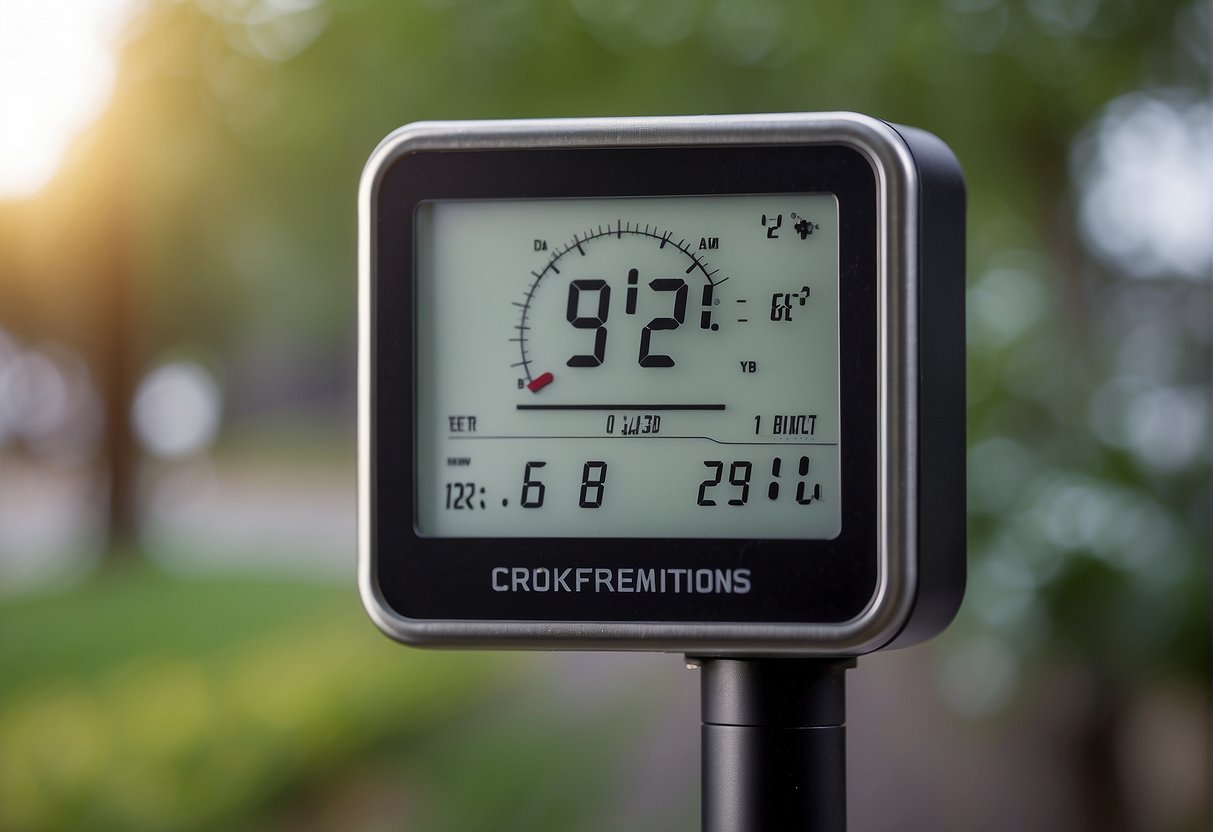
The deployment of remote monitoring solutions caters to a diverse range of environments, from isolated locations to facilities requiring stringent climate control. These systems not only ensure precision in monitoring but also offer cost-effectiveness and reliability.
Monitoring in Remote and Critical Areas
Remote monitoring technologies are pivotal for maintaining critical conditions in remote areas or sensitive locations.
In the healthcare industry, hospitals make extensive use of remote monitoring to oversee humidity levels and temperatures in storage areas, ensuring that drugs, blood supplies, and biological samples are stored safely.
Similarly, freezers in food processing or storage facilities leverage these systems to continuously monitor conditions, preventing spoilage and ensuring compliance with safety standards.
Cost Savings and Peace of Mind
The implementation of remote temperature and humidity sensors translates into significant cost savings for businesses and organizations.
By reducing the need for manual checks and automating the monitoring process, these systems minimize the likelihood of expensive inventory losses.
Moreover, they provide peace of mind for managers and stakeholders.
They know that critical conditions are being watched over consistently and alerts will be issued in the event of any deviations, ensuring prompt corrective actions.

